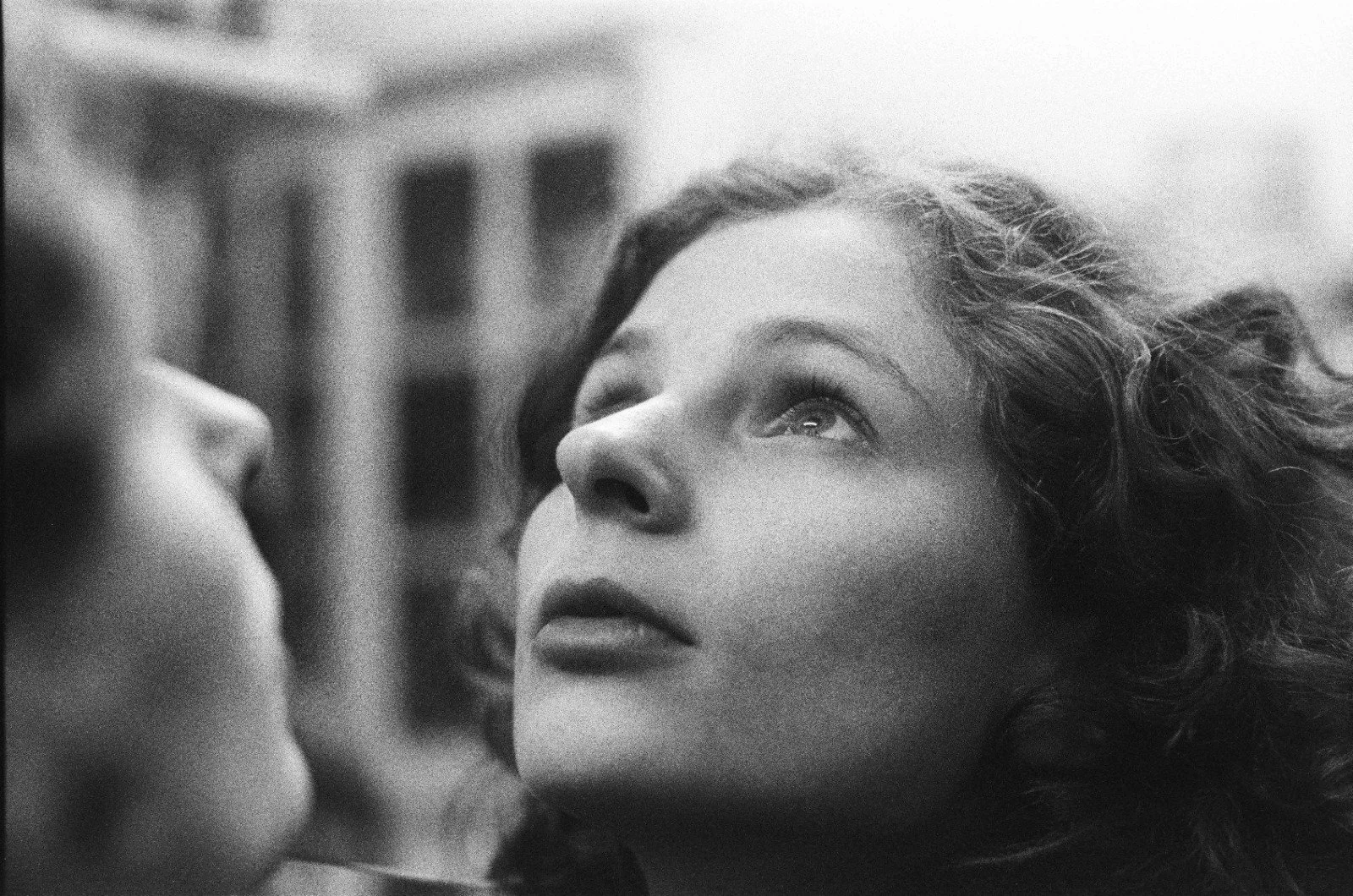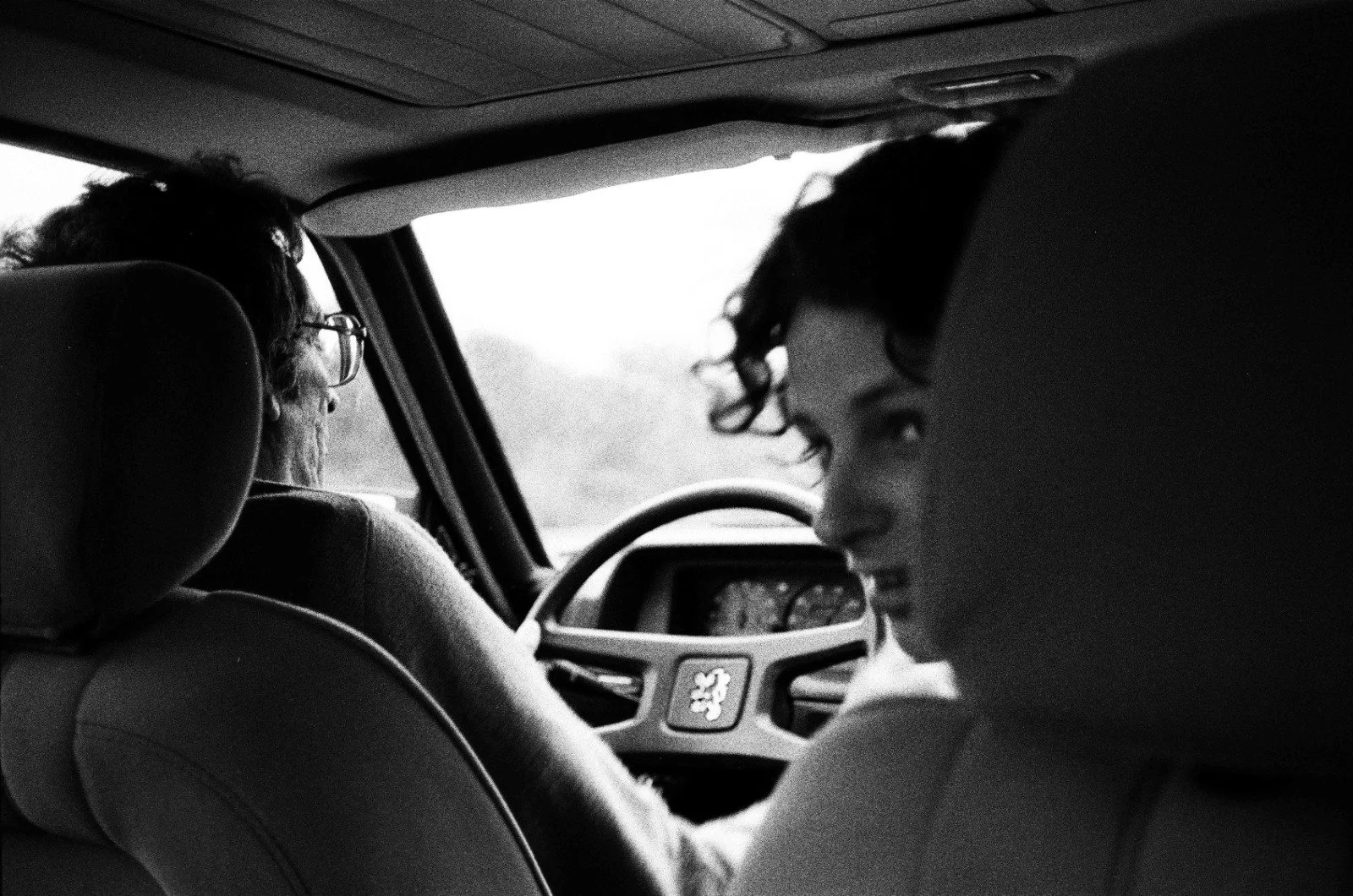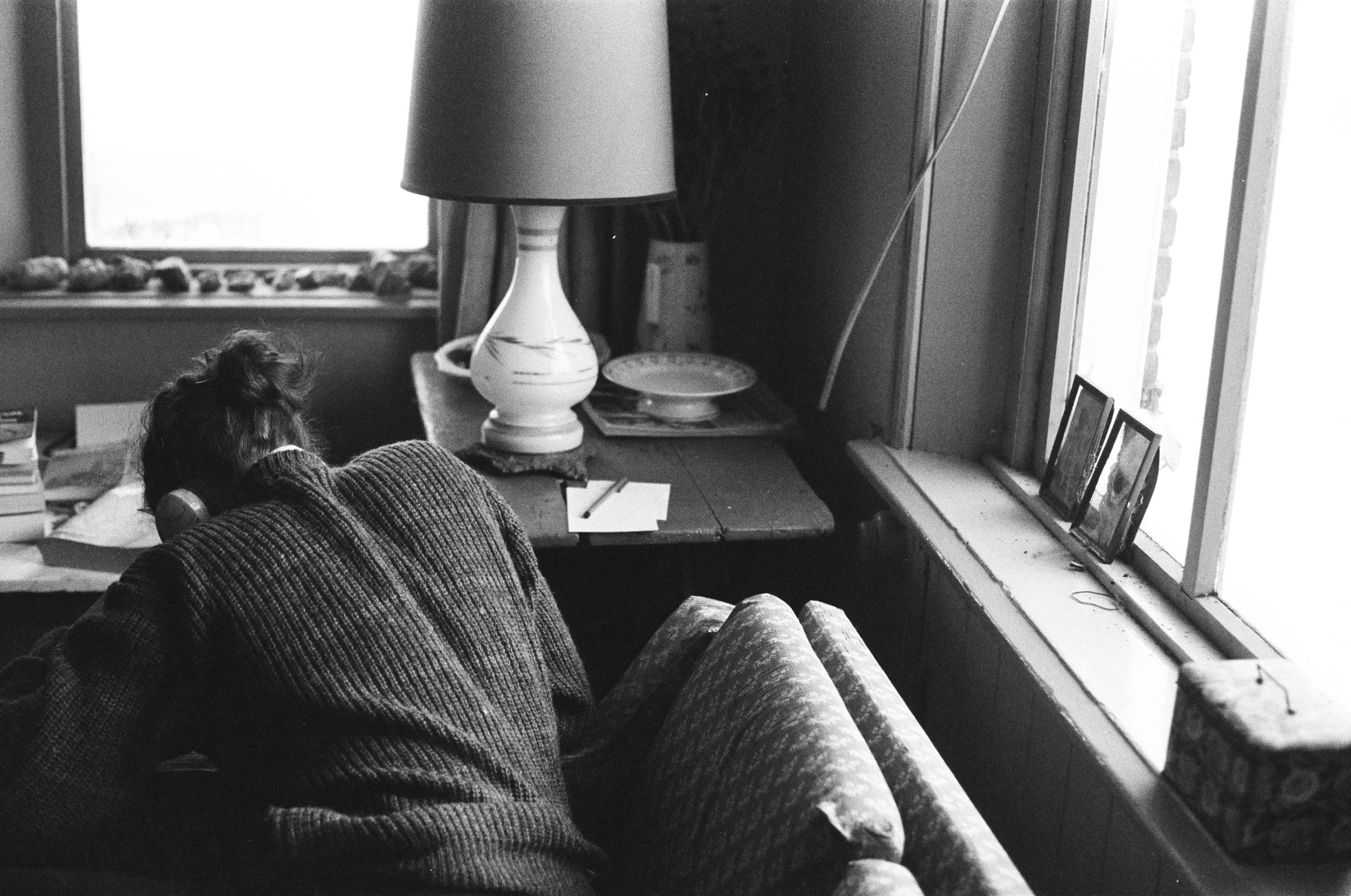pim kops, ester and pim in the mirror, (1981-1983)
Q & A with ester spitz ‘the muse’
Question 1.
Ester, these photographs were taken of you 40 years ago and they’re quite exquisite on so many levels. How did it feel like being the muse for Pim? We’re any of these photographs taken in a more studio processed way where you were set up to pose?
Ester spitz: I didn’t feel like I was his muse. I didn’t even know what that was at that time. The fact that he took photos felt like part of his love for me. And I guess of me. Also for me being photographed was something that I was very used to because my father always took pictures of me, it felt like for someone with a camera, taking pictures of the person you love was normal. Although when later I did take pictures I didn’t take pictures of people. I lacked confidence.
As far as I remember I never posed although looking at the photos some are definitely posed and even sort of set up in the sense that we must have gone somewhere specifically to take pictures. It seemed to be rare though.
In general taking a photo seemed to come about organically, ‘stay like this’ or ‘look to the right’, while we were just living our lives. And I assume he always had his camera near. Even now when we talk on FaceTime he sometimes says ‘stay still’ or ‘look to your right’ etc. It’s the way he lives. He always takes pictures. He sees something and wants to photograph it. Maybe a little like how my writing happens. You find something that stands out and you want to capture it.
In regards to the more posed ones, I feel they still sort of emerged organically from our way of being together.
Pim Kops, ester (1981-1983)
Question 2
At this point, you started writing your journals and did any of these photos inform you are more internal language of writing your journals?
Ester spitz: I started writing before. But just not seriously at all just a bit here and there on pieces of paper or a page in an empty journal. I started writing more consistently about a year and a half after these photos were taken. And let’s see. Did they influence my writing? I don’t think so. I think I was influenced by French and Italian movies from between the late fifties and early eighties. These photos do remind me of these movies in a way, so who knows.
In retrospect I even found out I was influenced by the audio of a performance piece I had been part of. It was ‘Family voices’ by Herold Pinter, read by actually Pim’s brother Pieter. It was called ‘Bobo, performance for three young women and a young men’s voice’ by Ariëla legman.
It’s curious how years after, I heard the recording again and I recognized my writing in his delivery of the text. I think somehow it had registered.
Pim Kops, ester (1981-1983)
Question 3
Did you feel any lack of self-confidence and Pam photographing you and some of the scenes out in the open in public without clothes? What was your relationship with Pam in regards to taking these photos? Did he follow you around your apartment? Was he always taking photographs? can you give us kind of a brief explanation of how these came about?
Ester: We never took nude photos in public. If photos were taken in another place than at home, we were in a remote place by ourselves. And yes these are the photos that must have been posed. Although often we were sort of playing around. Or I would just start to do my thing, either just enjoying the sun or putting my feet in the water.. it seems like the photographing was a part of how we were together. And then also there was playing around, like me hiding behind the pillar or behind my hand.
Pim Kops, ester (1981-1983)
Question 4
What is your impression of these photographs today when you look at them anything that comes to mine in particular about vulnerability or the essence of youth or the feeling of being in the world trying to find your place intimacy are there any words that come about?
Ester: Mostly they are a very dear memory of our connection and time together. The atmosphere, it’s almost like time travel, where you breathe the atmosphere of that space and time.
In terms of vulnerability I felt very safe with Pim. I still do. The essence of youth? Hm. I feel the same. What made me me back then, still makes me me now.
And finding my place.. I was trying to find my place back then, that continued pretty much my whole life. That has actually been what most of my writing has been about.. trying to find my place. Maybe lately I feel like I found my place more.
I do see intimacy and the joy of being together. That definitely changed later in my life, where my connection was not so much in seeing each other in the moment, but more an unspoken, a very very strong safe bond. Not necessarily so beautiful and comfortable on the surface and in the moment.
Pim Kops, ester (1981-1983)
Question 5
You’re an actor, performance artist, and do improv as well as being a writer do you have any comments about being photographed as the muse: who do you feel owns the picture? I’ve had some lens artist question: who is in ownership of the composition the person who’s taking the photograph or the person being photographed. It’s quite an interesting concept to contemplate. It’s kind of the idea of the observer being observed. Do you have any thoughts about this - you being the subject and them being the person photographing you? Whom has ownership of the image of you? Do you want to be seen in certain light only?
Ester: Hm. I think these roles are all so very different and the processes so different. I mean being an actress, being in someone’s performance piece, doing improv, writing, and being photographed.
The question of who owns the picture is not a very appealing one to me. If I think about it, I would say it probably differs from situation to situation. I mean most photographers have a great eye/vision and sense of composition. Also, for me when I’m photographed, I really like to take direction, because of that very reason. They are the masters of the composition; they can see through the lens.
In terms of how do I want to be seen.. I think as a performer, actress or subject in a photo, it is not something I decide. For me it’s more a matter of not getting in the way of who or what I am, and that goes back to this concept that I described in regard to my writing. I said I am the observer, but it goes further, there is no I, there is this being, my work - I feel - is to let her be, let her be what she is. I actually almost feel we are our own handlers, and so my objective is to let her be what she is, and to allow her to play. Not that that is easy..
When I write its slightly different, still I am not consumed with the question of how do I want to be seen - although of course there is always the ego, but I try to not listen to that.. - its more about what (in the world, or my experience) do I want to be seen, like what I said earlier, what stands out that I want to capture.
Back to ownership. I don’t see it so much as who owns what, but what, or whose vision do I commit to. In writing it’s my own, in improv something emerges from the group (and that is true beauty), you could say in filmmaking (and performance art) its also the group - and on some level of course it is - without a doubt, but.. we all know that there are true visionaries, art, theatre and film geniuses who enrich our world with crazy beauty. So let’s not kid ourselves.. we all know the source of a great photo, painting, performance piece and movie. *
Pim Kops, ester , her father and pim (1981-1983)
this interview between Victoria chapman and ester spitz was conducted over email from November 1- 3, 2025
The images shared here are from the larger body of work that Pim kops that was captured during the years of 1981-1983, and were not on display at El Nido by vc projects,, los angeles during the exhibition: Ester Spitz and Pim Kops: writings and photographs (from October 11 - november 22, 2025)
images shared by permission of the artists
Pim Kops, ester (1981-1983)
Ester Spitz is a Dutch writer and poet. Born in the Netherlands and based in Los Angeles since 1985, she has worked in theater, experimental performance, and film. Since 2010, she has been developing the ES series—a lyrical, long-form exploration of life, psyche, and emotional passage. The first volume was published in March 2020.







